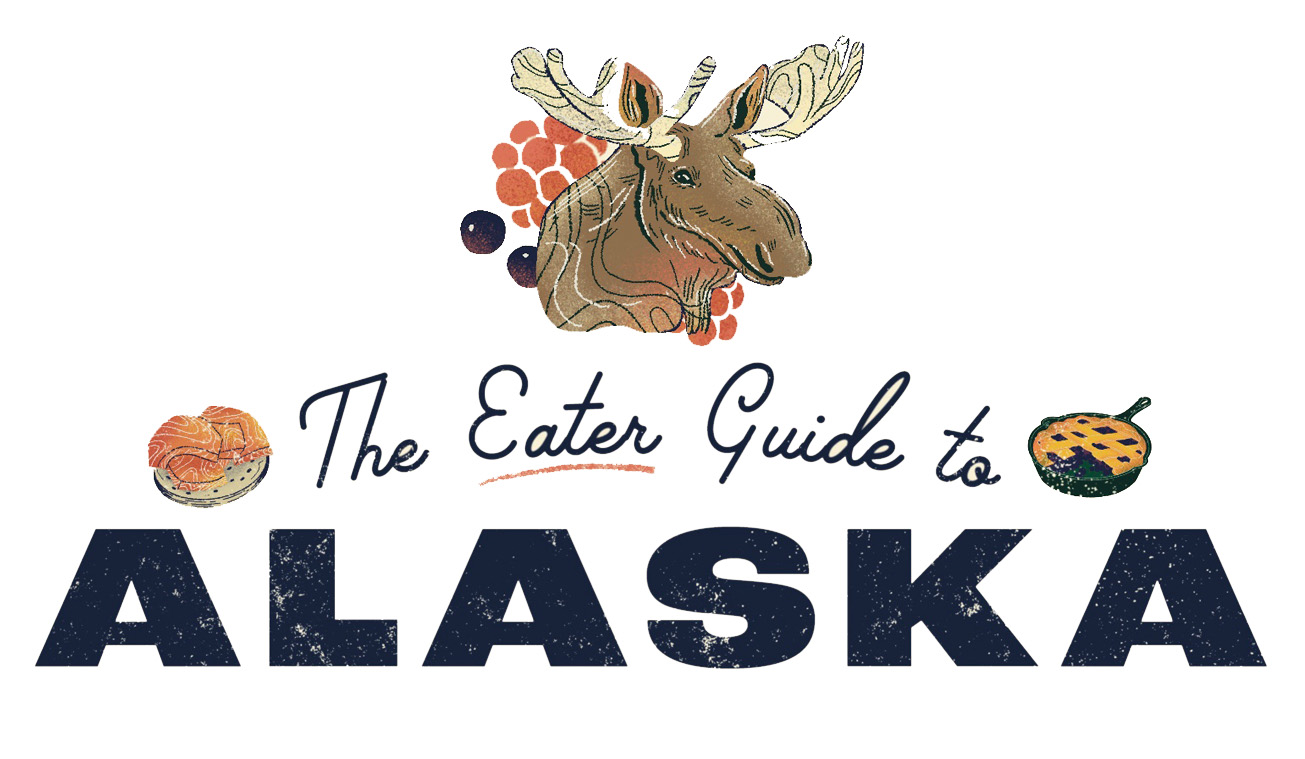In Alaska, to be hungry between meals is to ask yourself an enduring question: What will I eat on my Sailor Boy Pilot Bread? Growing up in a small fishing town on the state’s southeastern archipelago, no food was more constant than these thick, palm-sized slabs of cracker, which served as my first teething aid as an infant. For years afterward, they acted as my favorite food delivery system — topped with smoked salmon, smothered in egg salad, or slathered with butter and jam, they became a vessel sturdy enough to carry an entire world of flavors to my little corner of Alaska.
Pilot bread derives from hardtack, a mercilessly dense cracker that has been associated with sailors since at least the time of the pharaoh Ramesses II of Egypt. In the 16th century, British Naval rations included one pound of hardtack per day — enough that these hard, puffy slabs of unsalted cracker came to serve as a kind of currency for maritime gambling and commerce. Sometimes called ship’s biscuit or sea biscuit, hardtack was adapted for use as army rations, nourishing soldiers on both sides of the American Civil War. It became so ubiquitous among soldiers in the U.S. Army that the Lakota leader Sitting Bull came to view hardtack as a symbol of forced assimilation.
:no_upscale()/cdn.vox-cdn.com/uploads/chorus_asset/file/23759084/Pilot_Bread_SPOT_1.jpg)
Unlike hardtack, which could shatter teeth if not softened with liquid, pilot bread was light enough to eat straight out of its package. John Pearson of Newburyport, Massachusetts, who launched America’s first commercial bakery, is credited with pilot bread’s invention in 1792. Pearson’s bakery would eventually become part of the National Biscuit Company — the conglomerate known today as Nabisco. After Nabisco absorbed Pearson in 1890, it would become a leading producer of pilot bread — sold under the Crown Pilot brand — in fishing communities throughout New England, where it remains a key ingredient in any number of traditional recipes. (The brand itself, however, was discontinued by Nabisco in 2008.)
The fishermen in my family fell in love with the gentle sweetness of the Sailor Boy brand, which came to the Alaskan frontier as a shelf-stable ration, and stuck around long enough to become an indelible part of its local food culture. The crackers, which come in sleeves as long as a child’s arm, are produced by Interbake Foods (also known as the Southern Biscuit Company) of Richmond, Virginia, which ships 300,000 boxes of its crackers to Alaska annually, accounting for some 98 percent of its sales of pilot bread. Its monopoly on Alaska’s pilot bread market predates the demise of the Crown brand by several decades, and its long, rectangular navy-blue box fuels nostalgic memories for many.
:no_upscale()/cdn.vox-cdn.com/uploads/chorus_asset/file/23759086/Pilot_Bread_SPOT_2.jpg)
Other cultures have their own take on this seafaring cracker. Long after I moved away from Alaska, I spent years living in Japan, where I contented myself with kanpan, or “dry bread,” sold at most grocery stores in small packs brimming with bite-sized portions. Later, when I moved to South Korea, I noshed on the barley hardtack known as geum pung. But, as an Alaskan, my taste buds remain tethered to Sailor Boy, which is often the very first thing I buy when going home to visit. It is, perhaps, the only staple food that is never out of stock in grocery stores across Alaska, no matter how far-flung and isolated; in 2020, when I visited the small island village where my grandmother was born, inclement weather and pandemic-induced supply chain issues meant you couldn’t find bottled water or lunch meat. But plenty of Sailor Boy Pilot Bread was on hand.
There’s no getting around the fact that hardtack came to Alaska in the late 19th century with people bent on plundering and prospecting and settling on land that did not belong to them; and while eating them with seal grease or “stink eggs” — literally rotten salmon eggs — or other Native delicacies might make them ours as much as theirs, nothing we do can decolonize these strangely hard, oddly addictive crackers that bind us to our white neighbors. As much as our bitter shared history, they remind us, as Alaskans, that we are all struggling to survive this wild place we call home — and, above all, they remind us that survival need not be a bland affair.
Joshua Hunt is a writer based in Brooklyn, New York.
Rejoy Armamento is an illustrator and muralist based in Anchorage, Alaska.
Fact checked by Victoria Petersen
Copy edited by Nadia Q. Ahmad
/cdn.vox-cdn.com/uploads/chorus_image/image/71102973/Pilot_Bread_LEAD.0.jpg)
